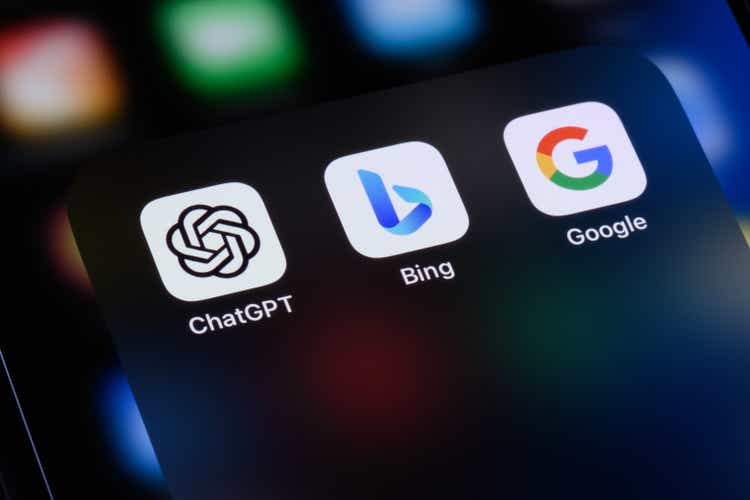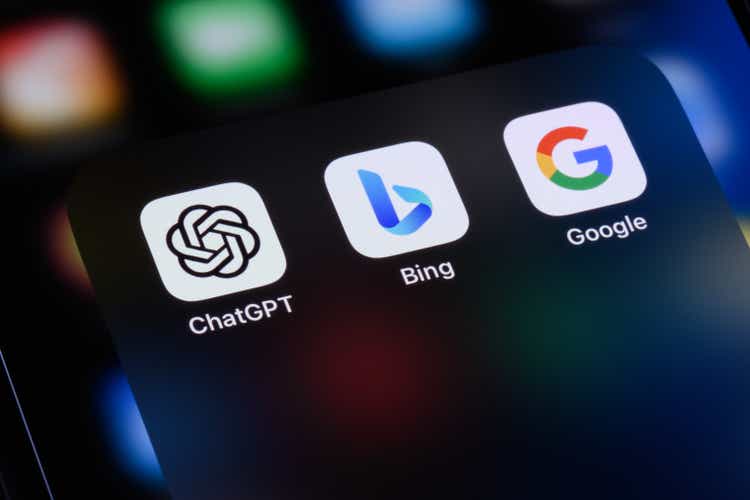
kenneth-cheung/iStock Unreleased via Getty Images
OpenAI said ChatGPT can now browse the internet to provide current and authoritative information with direct links to sources, and was no longer limited to data before September 2021.
“Browsing is available to Plus and Enterprise users today, and we’ll expand to all users soon. To enable, choose Browse with Bing in the selector under GPT-4,” OpenAI said in a post on X.
Earlier this week, OpenAI — which is backed by Microsoft (NASDAQ:MSFT) — announced an update through which the generative artificial intelligence, or AI, chatbot is now able to “see, hear and speak” spoken words.
In June, OpenAI had added a feature that allowed users to browse the internet within its ChatGPT iOS app but then disabled it over worries that it could allow users to bypass paywall content, according to to a report from Reuters.
Generative AI services have taken the world by storm, since the launch of ChatGPT last year. According to a report from website analytics firm Similarweb, ChatGPT continues to rank among the largest websites in the world, drawing 1.4B worldwide visits in August compared with 1.2B for Microsoft’s Bing search engine.
Earlier this month, Alphabet’s (GOOG) (GOOGL) unit Google launched new features for its chatbot Bard under which the generative AI service can now connect to user’s Google apps and services.
On Wednesday, Meta Platforms (META) unveiled new generative AI tools, including AI image editing on Instagram and new chat sticks for Instagram, Facebook, WhatsApp and Messenger, at its Connect developer conference. The company also announced its own generative AI chatbot and noted that it is working with Microsoft to bring current real-time web information via Microsoft’s Bing browser.
Companies around the world have launched their own large language models, or LLMs, which can provide services such as content and image generation, to name a few. Baidu’s (BIDU) Ernie Bot, Alibaba’s (BABA) Tongyi Qianwen and Tongyi Wanxiang, OpenAI’s upcoming text-to-image AI tool DALL·E 3, Meta’s AudioCraft, SeamlessM4T, and Llama 2, and Getty Images’ (GETY) model called Generative AI by Getty Images, are some of them.







